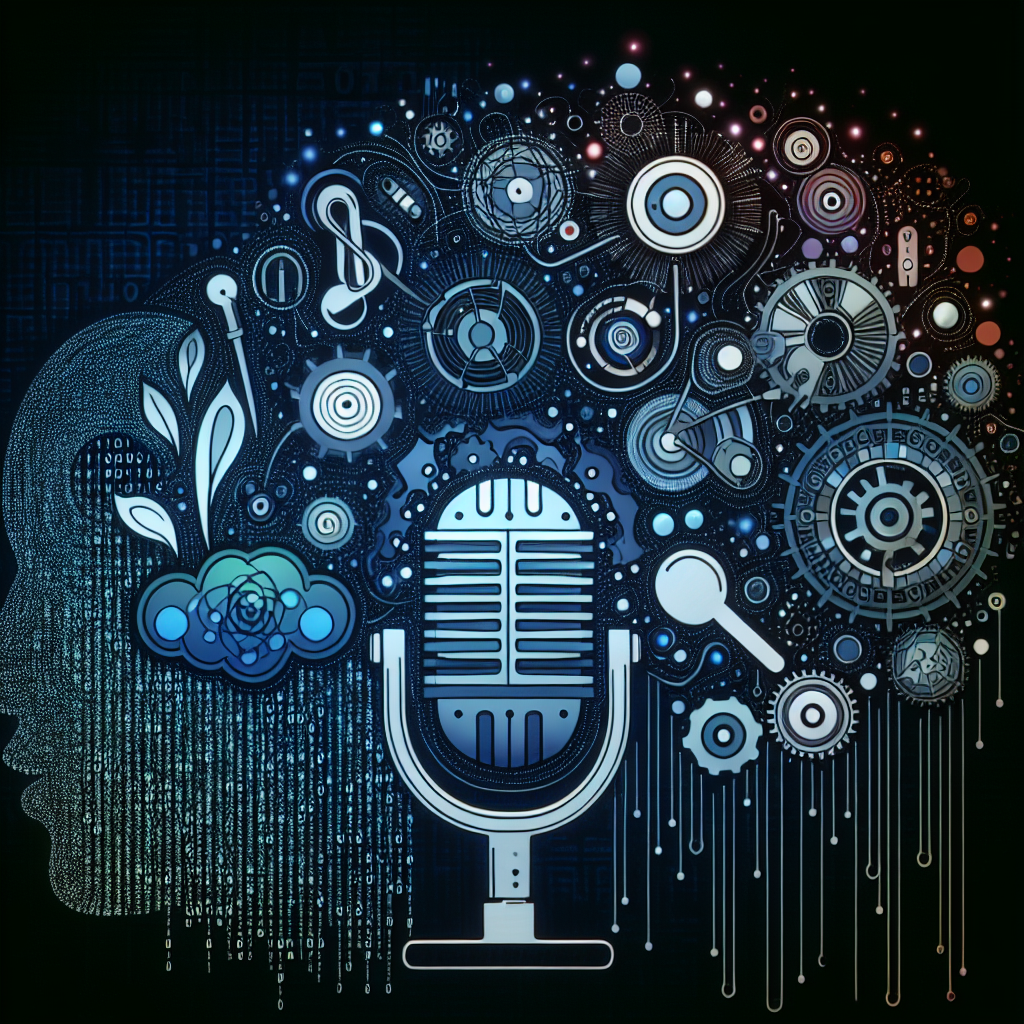In recent years, artificial intelligence (AI) has made significant advancements in the field of speech recognition technology. This technology allows machines to understand and interpret human speech, enabling a wide range of applications such as virtual assistants, speech-to-text transcription, and voice-controlled devices. In this article, we will explore the role of AI solutions in speech recognition and discuss the benefits and challenges of this technology.
AI Solutions in Speech Recognition
AI solutions have revolutionized the field of speech recognition by enabling machines to process and understand spoken language. These technologies use machine learning algorithms to analyze audio data and convert it into text, enabling users to interact with devices through voice commands. Some of the most common AI solutions used in speech recognition include natural language processing (NLP), deep learning, and neural networks.
Natural Language Processing (NLP): NLP is a branch of AI that focuses on the interaction between computers and humans through natural language. NLP algorithms are used to analyze and understand human speech, enabling machines to interpret the meaning of words and phrases. This technology is used in virtual assistants like Siri and Google Assistant, as well as in speech-to-text transcription services.
Deep Learning: Deep learning is a subset of machine learning that uses artificial neural networks to mimic the way the human brain processes information. Deep learning algorithms are used in speech recognition to extract features from audio data and convert it into text. These algorithms are capable of learning from large amounts of training data, enabling them to improve their accuracy over time.
Neural Networks: Neural networks are a type of machine learning model that is inspired by the structure of the human brain. These networks consist of interconnected nodes that work together to process and analyze data. In speech recognition, neural networks are used to convert audio signals into text by recognizing patterns in the input data. This technology is used in voice-controlled devices like Amazon Echo and Apple HomePod.
Benefits of AI Solutions in Speech Recognition
AI solutions have several benefits in speech recognition technology, including:
Accuracy: AI algorithms have significantly improved the accuracy of speech recognition systems, enabling machines to understand and interpret human speech with high precision.
Efficiency: AI solutions can process large amounts of audio data quickly and accurately, making speech recognition technology more efficient and reliable.
Convenience: Speech recognition technology allows users to interact with devices through voice commands, making it easier to perform tasks like sending messages, making calls, and searching the web.
Accessibility: Speech recognition technology has made it easier for people with disabilities to interact with devices, enabling them to access information and communicate more effectively.
Challenges of AI Solutions in Speech Recognition
While AI solutions have made significant advancements in speech recognition technology, there are still some challenges that need to be addressed, including:
Accuracy: Despite improvements in accuracy, speech recognition systems can still make errors in understanding and interpreting human speech, especially in noisy environments or with accents.
Privacy: Speech recognition technology raises concerns about privacy and data security, as audio data collected by devices can be sensitive and personal.
Bias: AI algorithms can be biased based on the data they are trained on, leading to issues of fairness and discrimination in speech recognition systems.
Robustness: Speech recognition systems may struggle to perform well in diverse and challenging conditions, such as different languages, accents, and background noise.
FAQs
Q: How does speech recognition technology work?
A: Speech recognition technology works by analyzing audio data and converting it into text using AI algorithms like natural language processing and deep learning.
Q: What are some common applications of speech recognition technology?
A: Some common applications of speech recognition technology include virtual assistants, speech-to-text transcription services, voice-controlled devices, and language translation tools.
Q: What are the benefits of using speech recognition technology?
A: The benefits of using speech recognition technology include improved accuracy, efficiency, convenience, and accessibility for users.
Q: What are the challenges of using speech recognition technology?
A: The challenges of using speech recognition technology include issues of accuracy, privacy, bias, and robustness in diverse and challenging conditions.
Q: How can AI solutions help improve speech recognition technology?
A: AI solutions can help improve speech recognition technology by enhancing accuracy, efficiency, and robustness through advanced machine learning algorithms like natural language processing and deep learning.
In conclusion, AI solutions have played a crucial role in advancing speech recognition technology, enabling machines to understand and interpret human speech with high accuracy and efficiency. While there are still challenges that need to be addressed, such as accuracy, privacy, bias, and robustness, the benefits of using AI solutions in speech recognition are undeniable. As this technology continues to evolve, we can expect to see even more innovative applications and improvements in the field of speech recognition.

